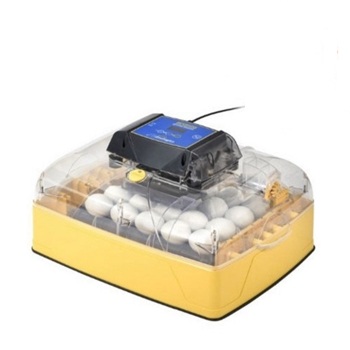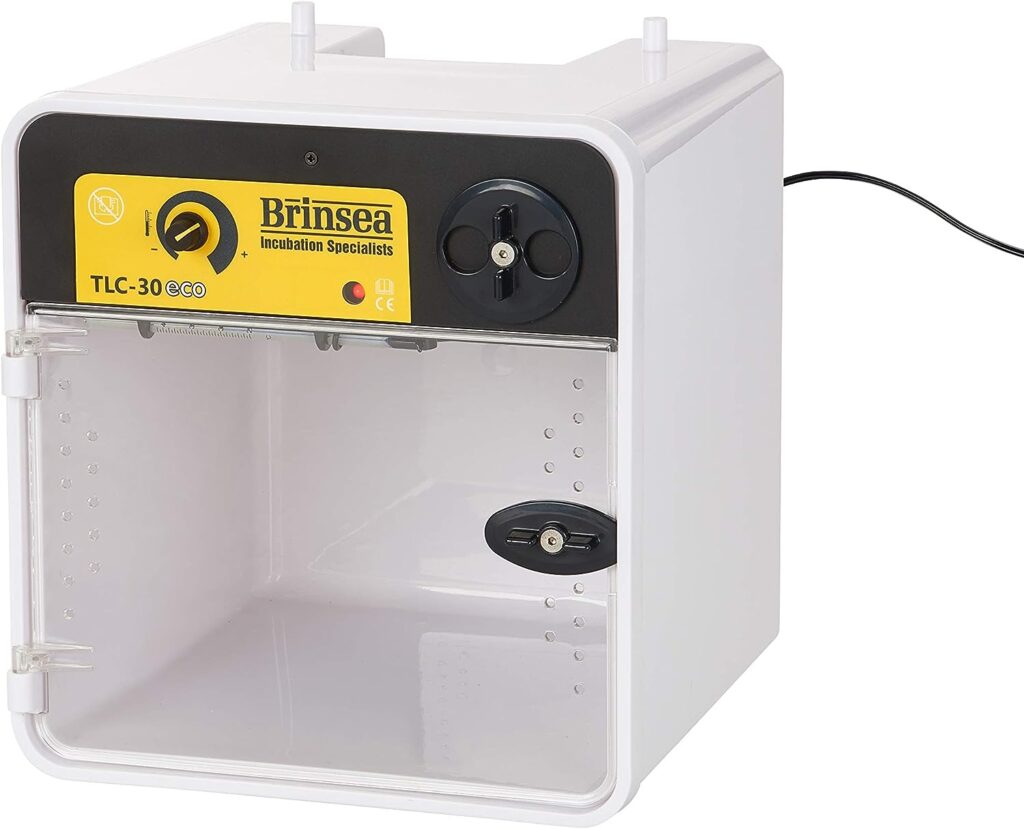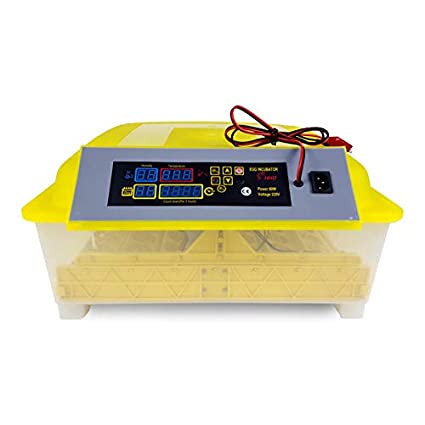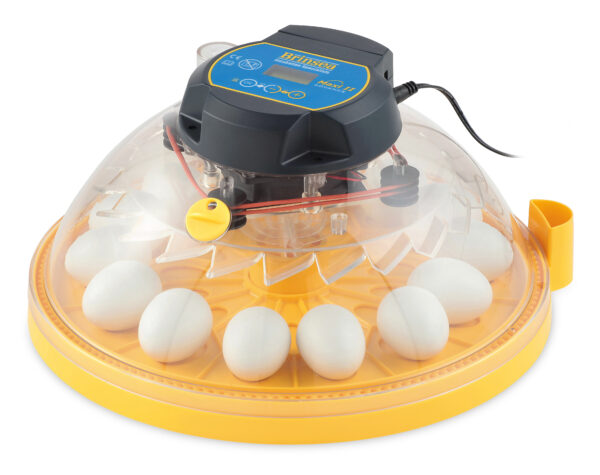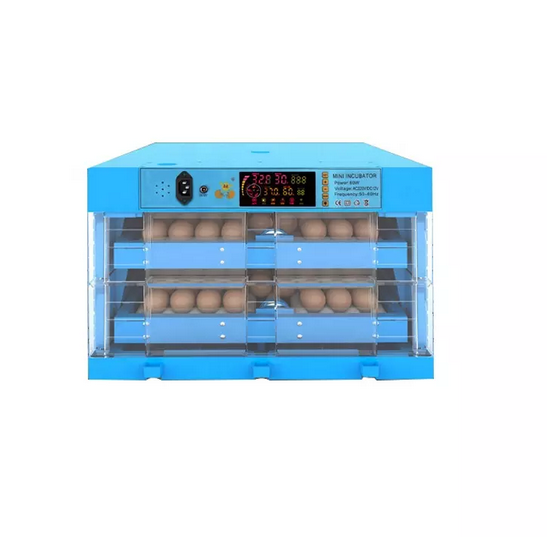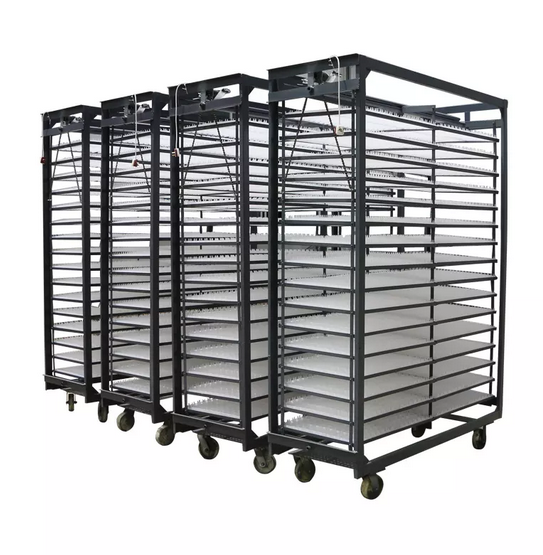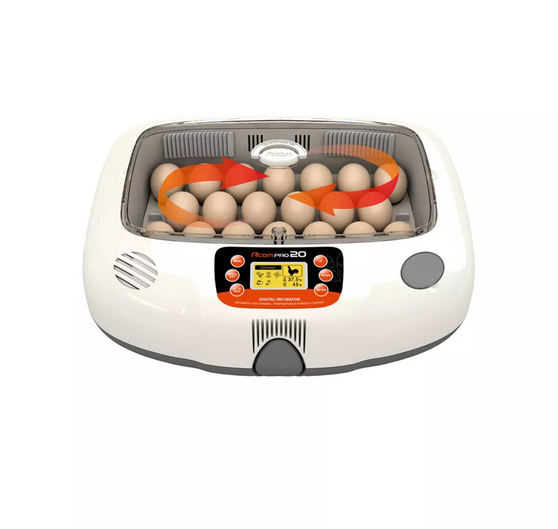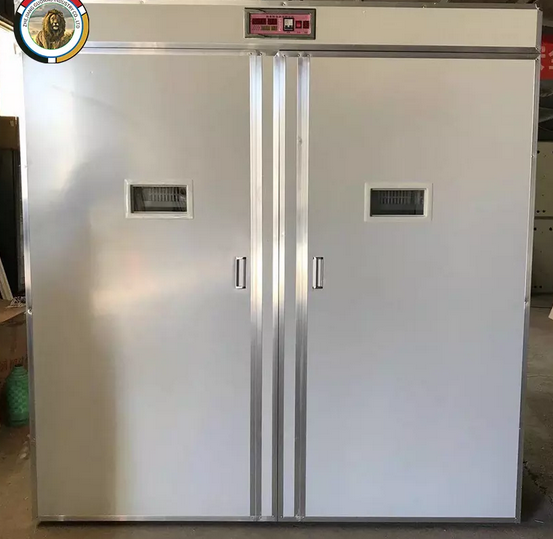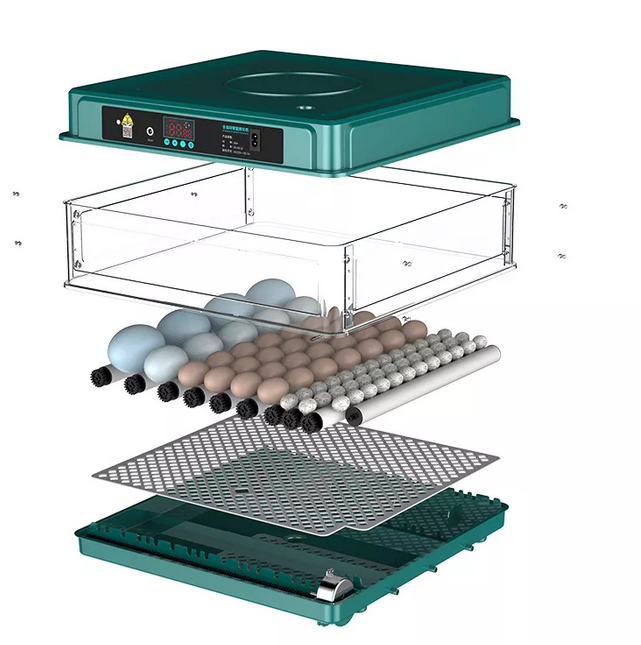Setting Up a Parrot Incubator Machine: A Comprehensive Guide
Best parrot incubator. Incubating parrot eggs requires precision, attention to detail, and the right equipment. Setting up an incubator machine is essential for successfully hatching parrot eggs, especially if the parent birds are unable or unwilling to incubate them naturally. In this article, we’ll walk you through the entire process, from choosing the right incubator to caring for hatchlings after they emerge.
1. Introduction to Parrot Incubation
Parrot species, especially those endangered or bred in captivity, often benefit from artificial incubation. This method increases the chances of successful hatching, especially in situations where the parent parrots may not provide consistent care. Whether you’re a breeder or a parrot enthusiast, understanding how to incubate parrot eggs is a valuable skill.
2. Selecting the Right Incubator Machine
When selecting an incubator, it’s crucial to choose one specifically designed for bird eggs, particularly those suited for parrots. Not all incubators are created equal, and different species of parrots may require specific conditions. Look for incubators with digital temperature and humidity controls, automatic egg turners, and high visibility for monitoring eggs. Some popular incubator types include:
- Forced-air incubators: Equipped with fans to ensure even heat distribution.
- Still-air incubators: Rely on natural heat rise but can be less efficient in maintaining a consistent environment.
3. Preparing the Incubator for Use
Before placing eggs in the incubator, it’s essential to clean and sterilize the machine to prevent bacterial infections. Follow the manufacturer’s instructions for cleaning and ensure all parts are free from contaminants. Once cleaned, set up the temperature and humidity levels according to the species of parrot you’re incubating. Most parrots thrive with a temperature around 99.5°F (37.5°C) and humidity levels between 50-65%.
4. Understanding Parrot Egg Development
Incubating parrot eggs isn’t as simple as placing them in the incubator and waiting for them to hatch. Parrot egg development is divided into distinct stages, with each requiring specific environmental conditions. Fertilized eggs go through periods of cellular division, formation of vital organs, and eventually chick development. Ensure you’re aware of these stages to adjust settings as needed.
5. Choosing the Right Eggs for Incubation
Not all eggs are suitable for incubation. Selecting fertile eggs is the first step toward a successful hatch. Fertile eggs usually have a denser shell and may show signs of early development if candled. Avoid handling the eggs excessively before incubation, and store them in a cool, stable environment if there’s a delay before incubation begins.
6. Temperature Settings and Management
Maintaining a stable temperature is vital for parrot egg development. The ideal temperature for most parrot species is around 99.5°F (37.5°C). However, it’s crucial to adjust the temperature during the last few days of incubation as the eggs prepare to hatch. Too much fluctuation in temperature can lead to developmental issues or failure to hatch.
7. Humidity Control in Parrot Incubation
Humidity plays an equally important role in incubation. Too little humidity can cause the egg to dry out, while too much can lead to bacterial growth and other issues. Aim to maintain humidity at 50-65% during the initial incubation period and increase it to around 70-75% during the final days before hatching.
8. Egg Turning: Why and How to Do It
Egg turning is essential for preventing the developing embryo from sticking to the eggshell. Most incubators come with automatic egg turners, but if yours doesn’t, you’ll need to turn the eggs manually at least three times a day. Stop turning the eggs around three days before the expected hatch date to allow the chicks to position themselves for hatching.
9. Monitoring Egg Development
Candling is a technique used to monitor the development of eggs throughout incubation. By shining a bright light through the egg, you can check for signs of healthy development, such as visible veins, movement, and growth. Candling also helps identify any eggs that may have stopped developing, which can be removed from the incubator to prevent contamination.
10. Handling Incubation Problems
Even with the best incubator and conditions, problems can arise. Some common issues include:
- Eggs not hatching: This may be due to improper temperature or humidity control.
- Embryo death: Often caused by temperature fluctuations or improper handling.
Recognizing problems early can help you adjust your settings and prevent future issues.
11. Preparing for Hatching
As the incubation period nears its end, there are key signs to watch for that indicate your eggs are ready to hatch. One of the first signs is internal pipping, where the chick breaks into the air sac within the egg. At this stage, you’ll need to raise the humidity level and avoid opening the incubator unnecessarily to maintain a stable environment.
12. Hatching Process: What to Expect
The hatching process can take several hours or even days. It’s essential to be patient and avoid intervening unless absolutely necessary. Chicks usually begin by making a small crack (external pipping) and gradually work their way out. Only assist if the chick is visibly struggling or taking too long to hatch, as improper intervention can harm the chick.
13. Aftercare for Hatched Chicks
Once the chicks have hatched, their environment needs to be carefully monitored. Keep the temperature between 95-97°F (35-36°C) for the first few days, and gradually reduce it as they grow. Maintain a clean environment to avoid infections and ensure proper ventilation.
14. Common Mistakes to Avoid
Many beginners make common mistakes during parrot incubation, such as:
- Incorrect temperature settings: Always double-check your incubator’s readings.
- Failing to maintain proper humidity: Humidity control is just as important as temperature.
15. FAQs
Q1: Can I use a chicken egg incubator for parrots?
Yes, but it’s crucial to adjust temperature and humidity settings based on the species.
Q2: How long does it take for parrot eggs to hatch?
Incubation times vary by species but typically range from 24 to 30 days.
Conclusion
Successfully incubating parrot eggs requires careful planning and management of various factors such as temperature, humidity, and egg turning. By following the guidelines in this article, you’ll be well-equipped to set up an incubator that gives your parrot eggs the best chance at hatching.
Outline: Setting Up a Parrot Incubator Machine
| Main Topics | Subtopics |
|---|---|
| 1. Introduction to Parrot Incubation | Importance of Artificial Incubation for Parrots |
| 2. Selecting the Right Incubator Machine | Types of Incubators for Birds Features to Look for in a Parrot Incubator |
| 3. Preparing the Incubator for Use | Proper Cleaning and Sterilization Setting Up Temperature and Humidity |
| 4. Understanding Parrot Egg Development | Stages of Egg Development in Parrots Factors that Affect Successful Incubation |
| 5. Choosing the Right Eggs for Incubation | How to Select Fertile Eggs Handling and Storing Eggs Before Incubation |
| 6. Temperature Settings and Management | Ideal Temperature Range for Parrot Eggs Adjusting Temperature Based on Egg Development Stage |
| 7. Humidity Control in Parrot Incubation | Proper Humidity Levels for Parrot Eggs How to Monitor and Adjust Humidity Levels |
| 8. Egg Turning: Why and How to Do It | Frequency and Timing of Egg Turning Manual vs. Automatic Egg Turning |
| 9. Monitoring Egg Development | How to Candle Eggs for Monitoring Growth Recognizing Signs of Healthy vs. Problematic Development |
| 10. Handling Incubation Problems | Common Issues During Incubation Solutions to Incubation Failures |
| 11. Preparing for Hatching | Signs That Eggs Are Ready to Hatch Adjusting Incubator Settings for the Hatching Process |
| 12. Hatching Process: What to Expect | How to Assist with Difficult Hatches When and How to Intervene in Hatching |
| 13. Aftercare for Hatched Chicks | Immediate Care for New Hatchlings Post-Hatch Temperature and Humidity Requirements |
| 14. Common Mistakes to Avoid | Overheating or Underheating Eggs Neglecting Humidity or Incorrect Egg Turning |
| 15. Conclusion and FAQs | Recap of Key Points FAQs About Parrot Incubation and Hatchling Care |

